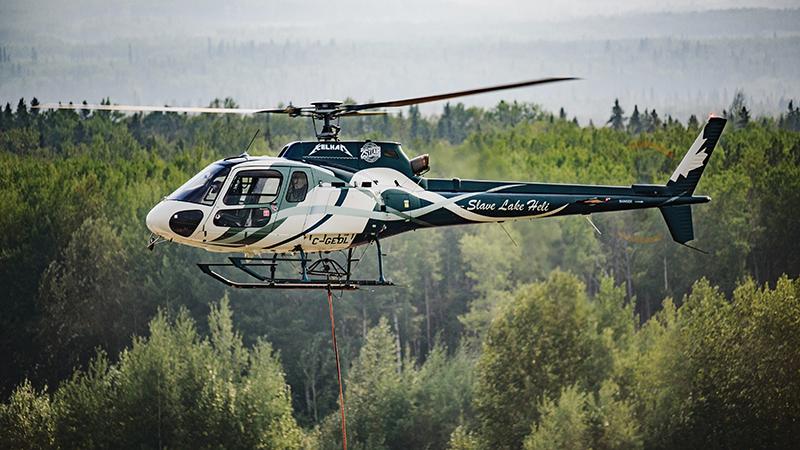
The Airbus H125 will dominate the civil helicopter fleet in 2025.
Credit: Airbus
Maintenance demand is expected to be higher across aviation segments in 2025—with the commercial and military segments growing faster than civil helicopters and business aviation MRO. Military maintenance, repair and overhaul (MRO) expenditures should be the largest in 2025—$135.3 billion, compared...
MRO Demand Forecast To Top $282 Billion In 2025 is part of our Aviation Week & Space Technology - Inside MRO and AWIN subscriptions.
Subscribe now to read this content, plus receive full coverage of what's next in technology from the experts trusted by the commercial aircraft MRO community.
Already a subscriber to AWST or an AWIN customer? Log in with your existing email and password.

